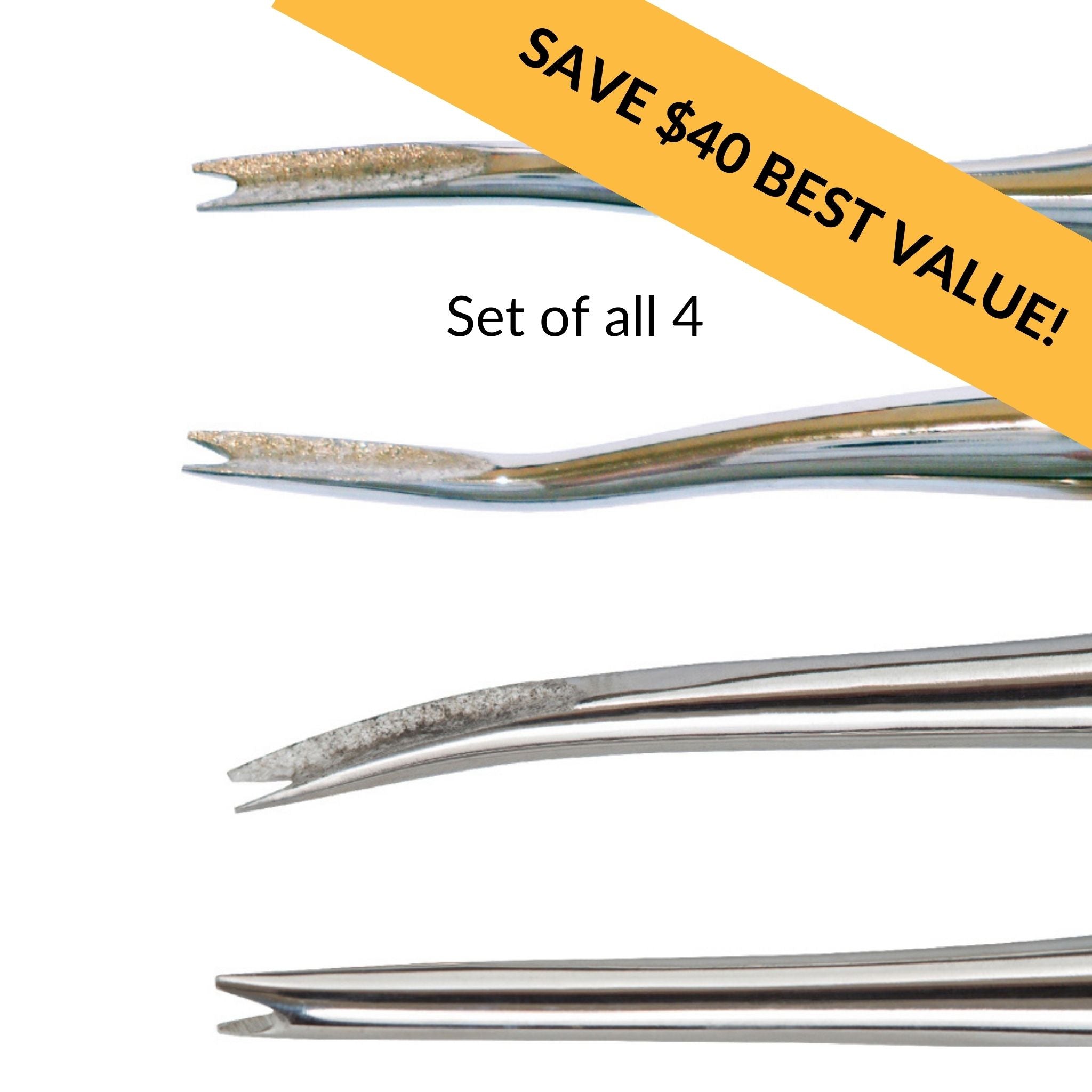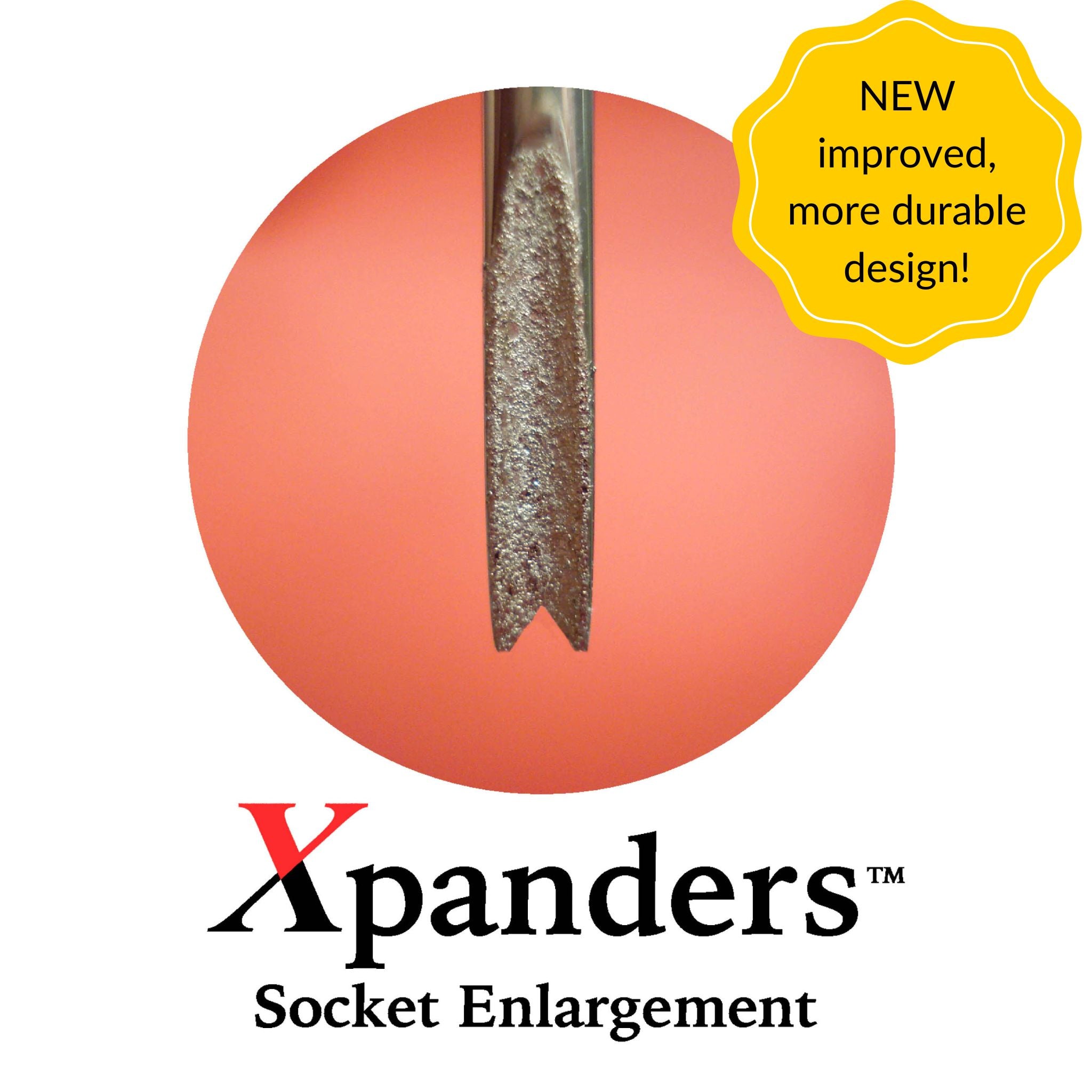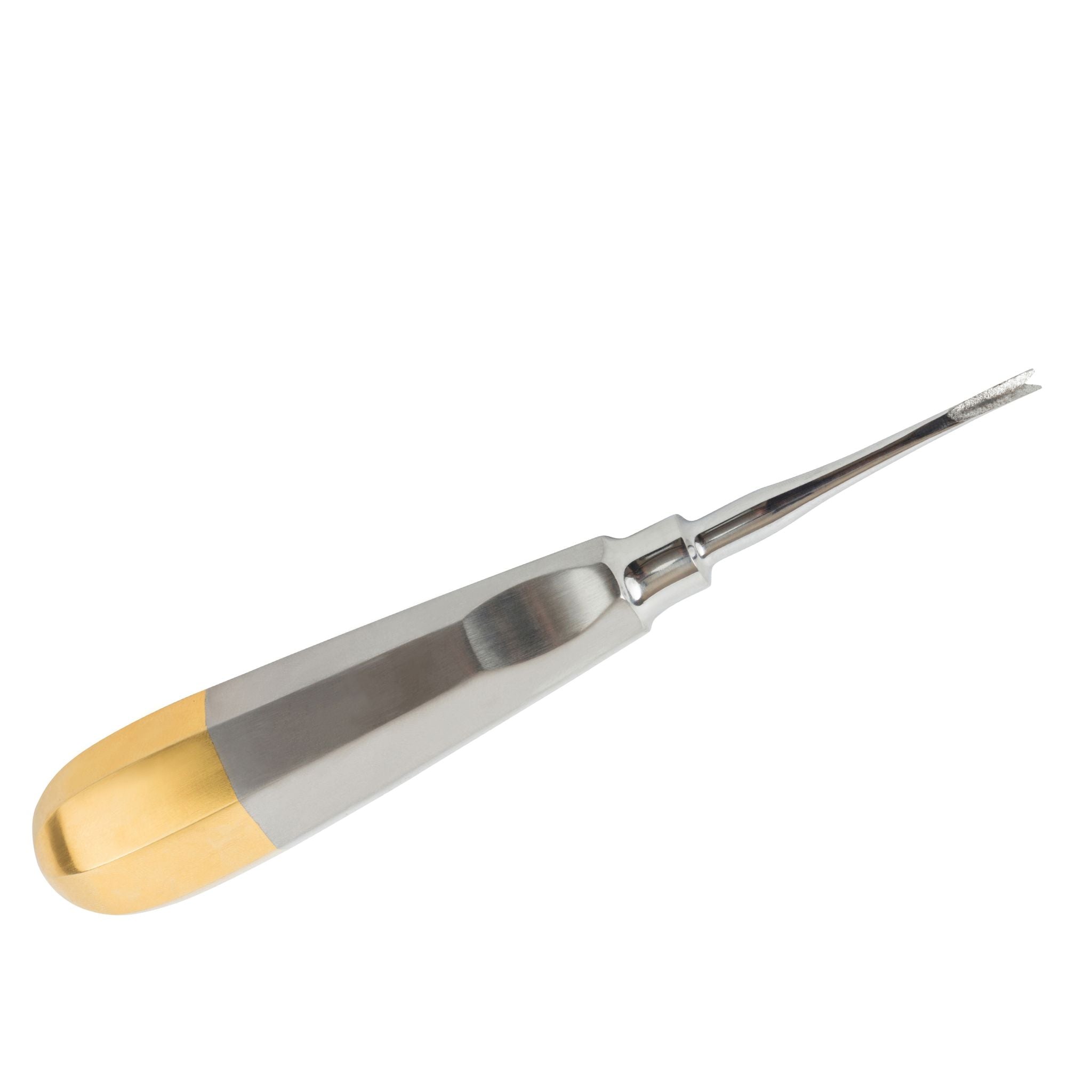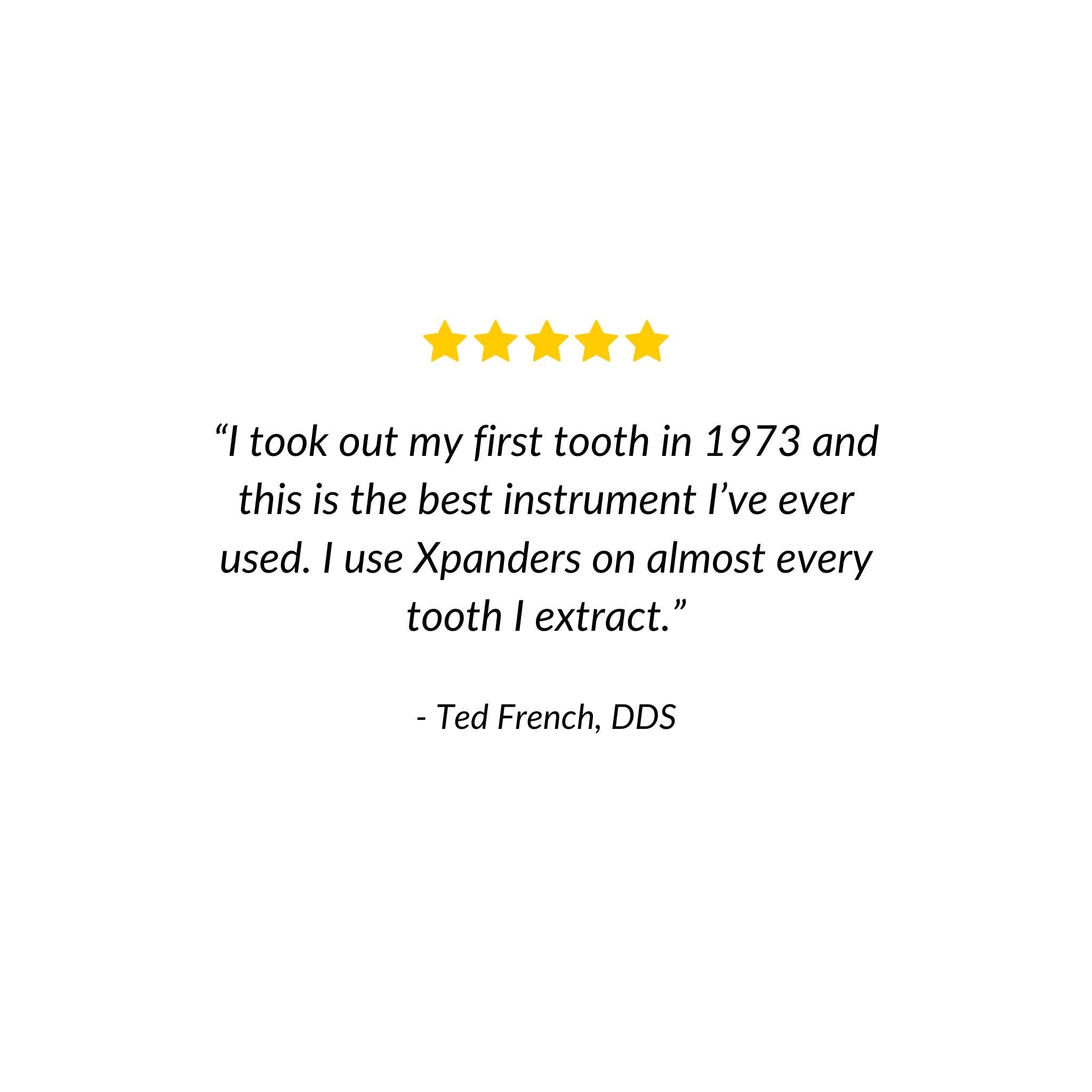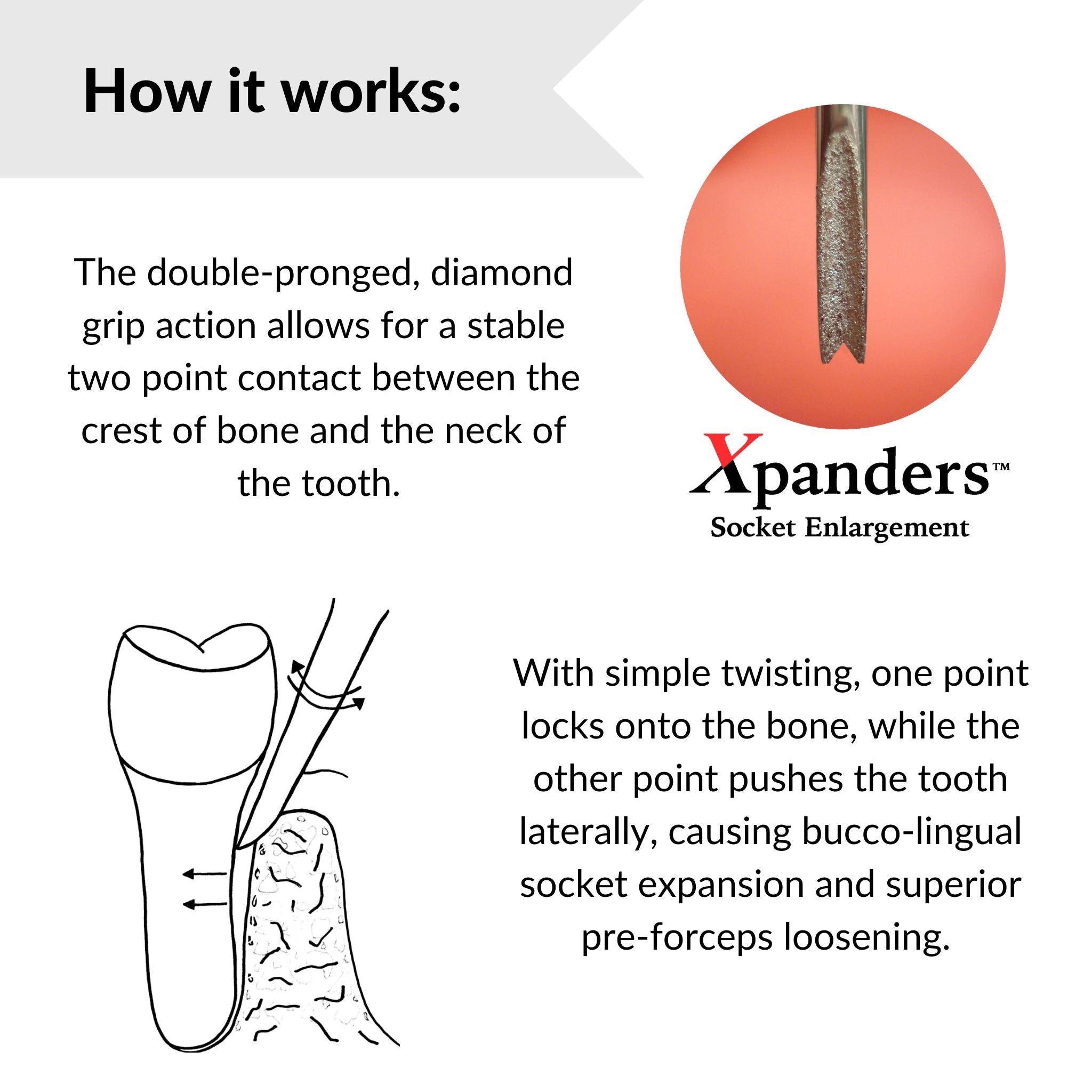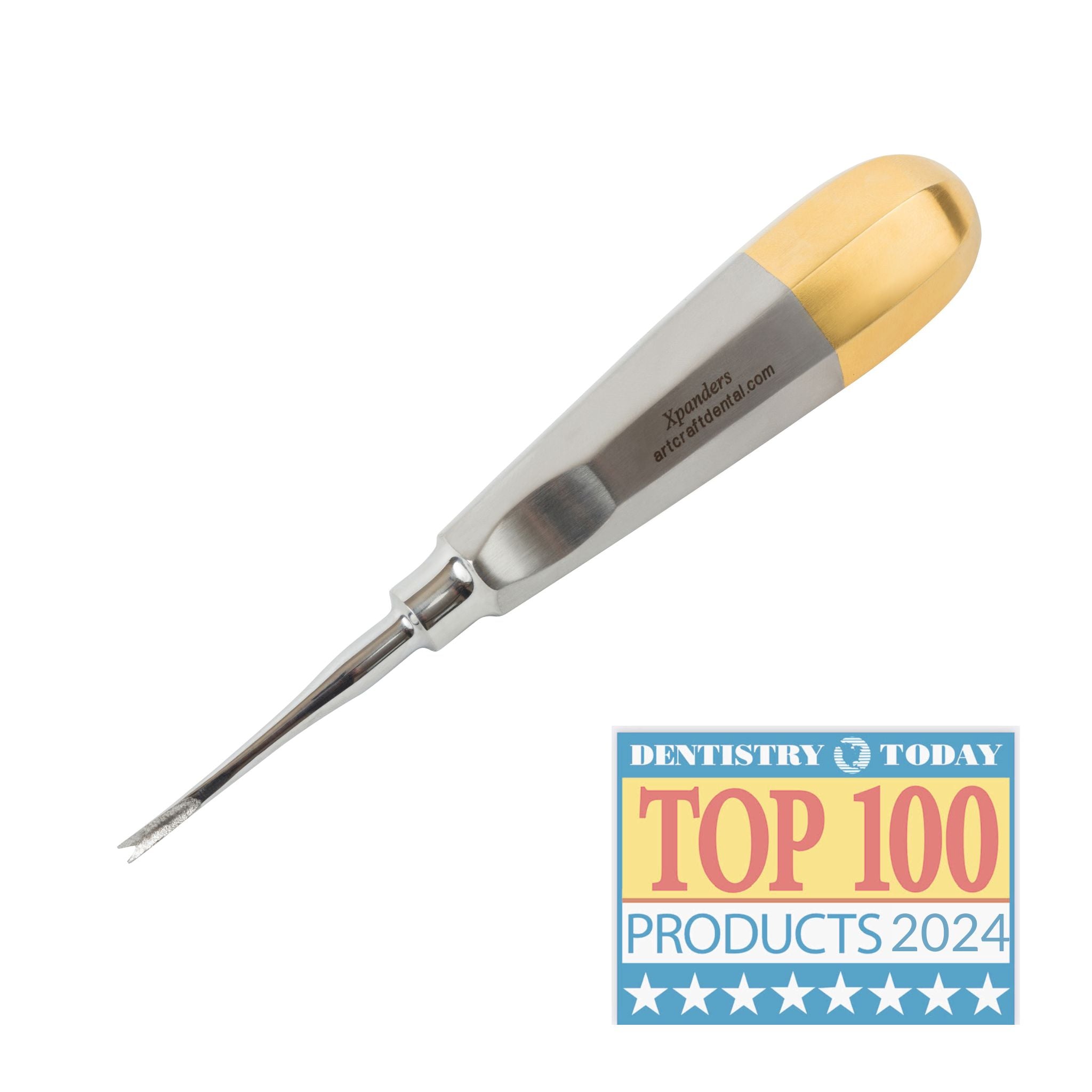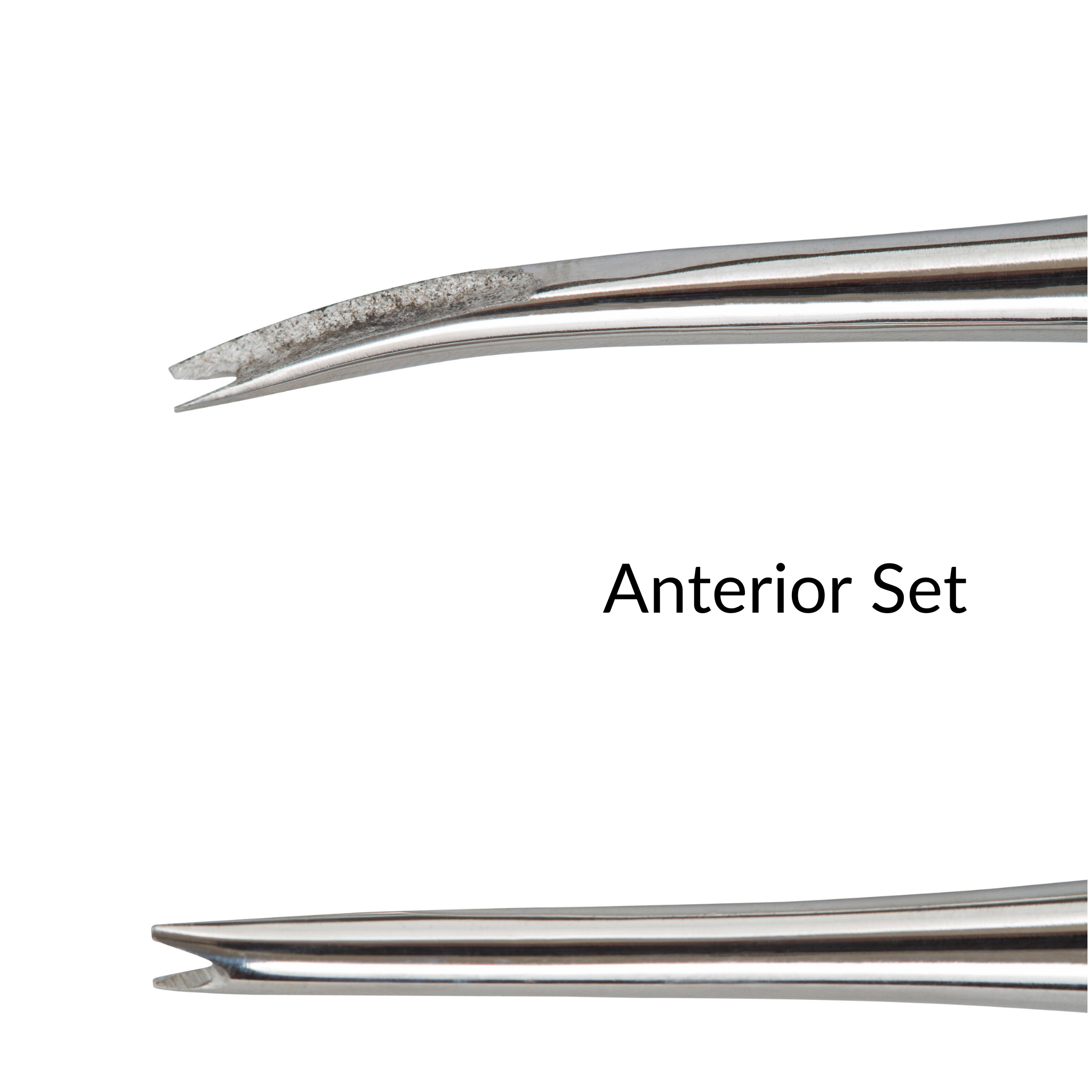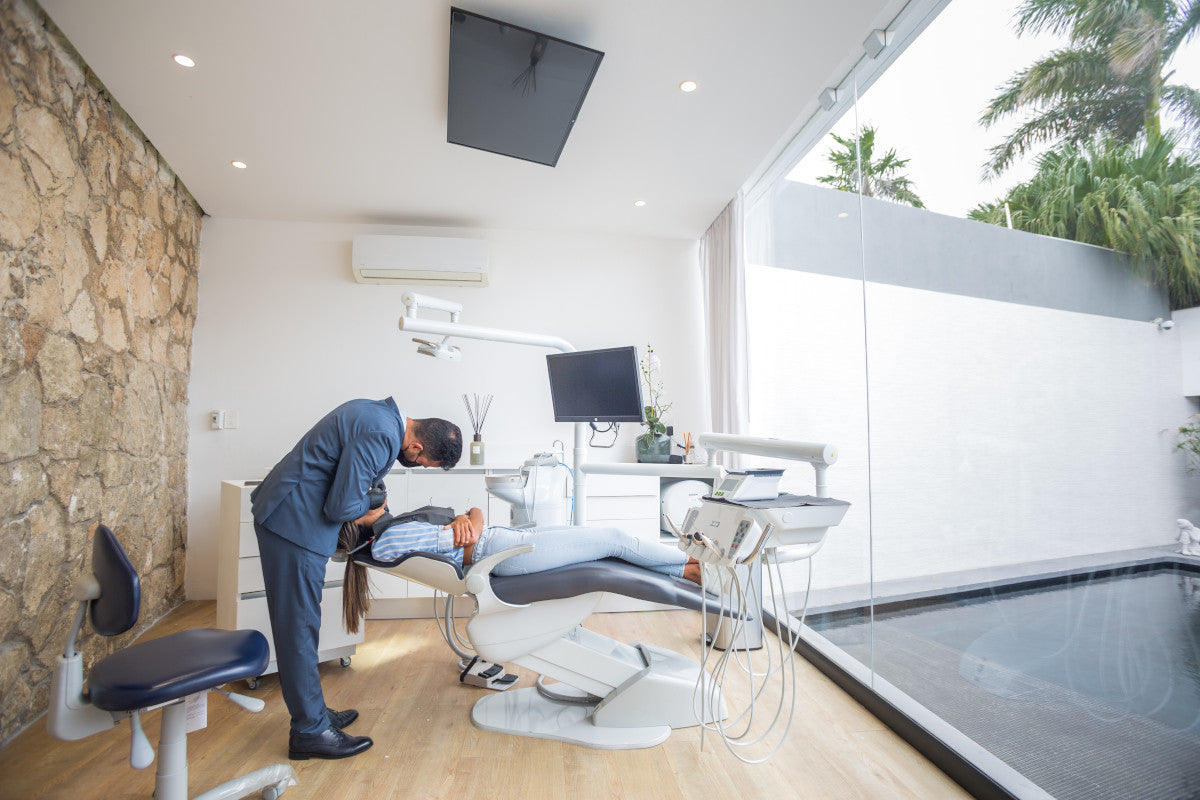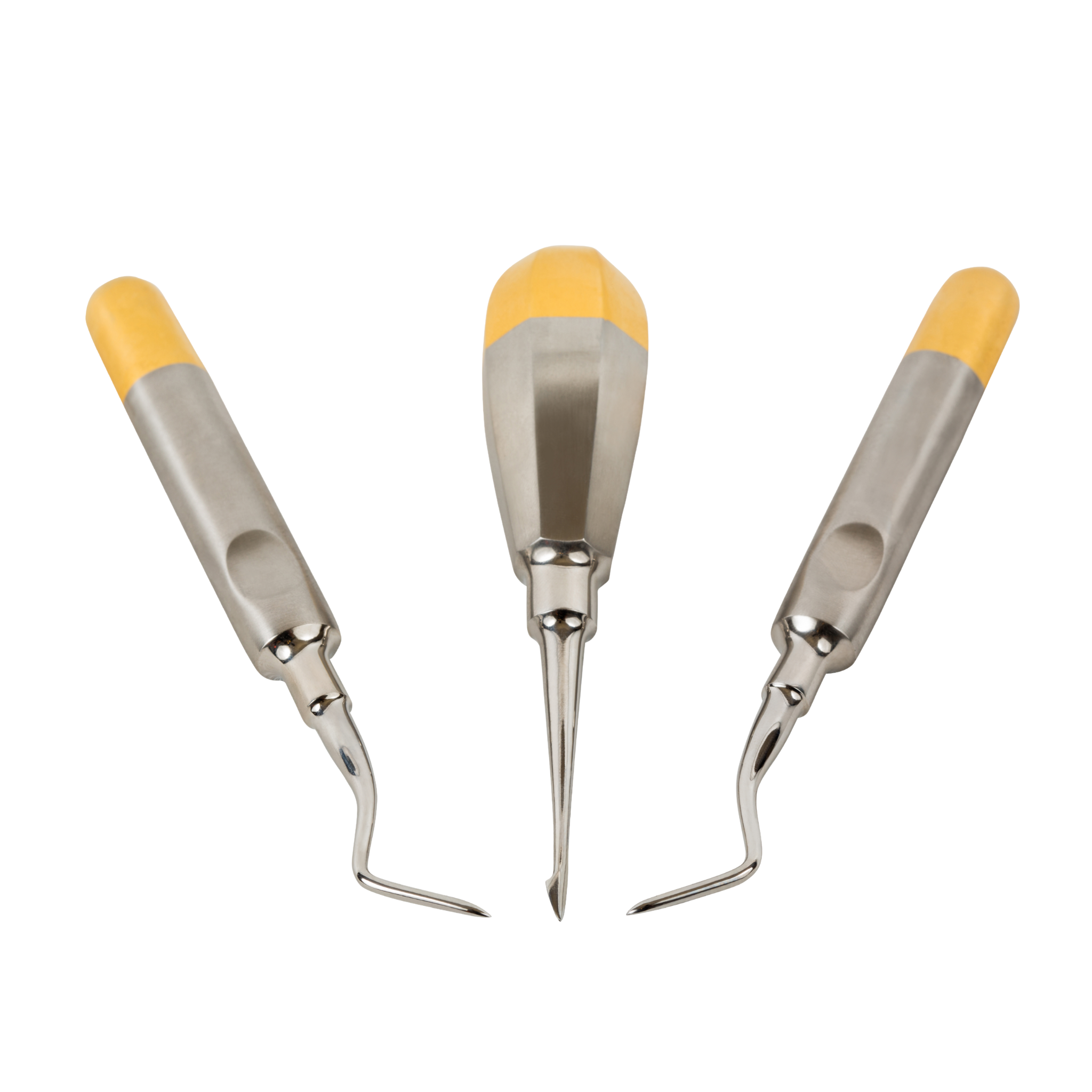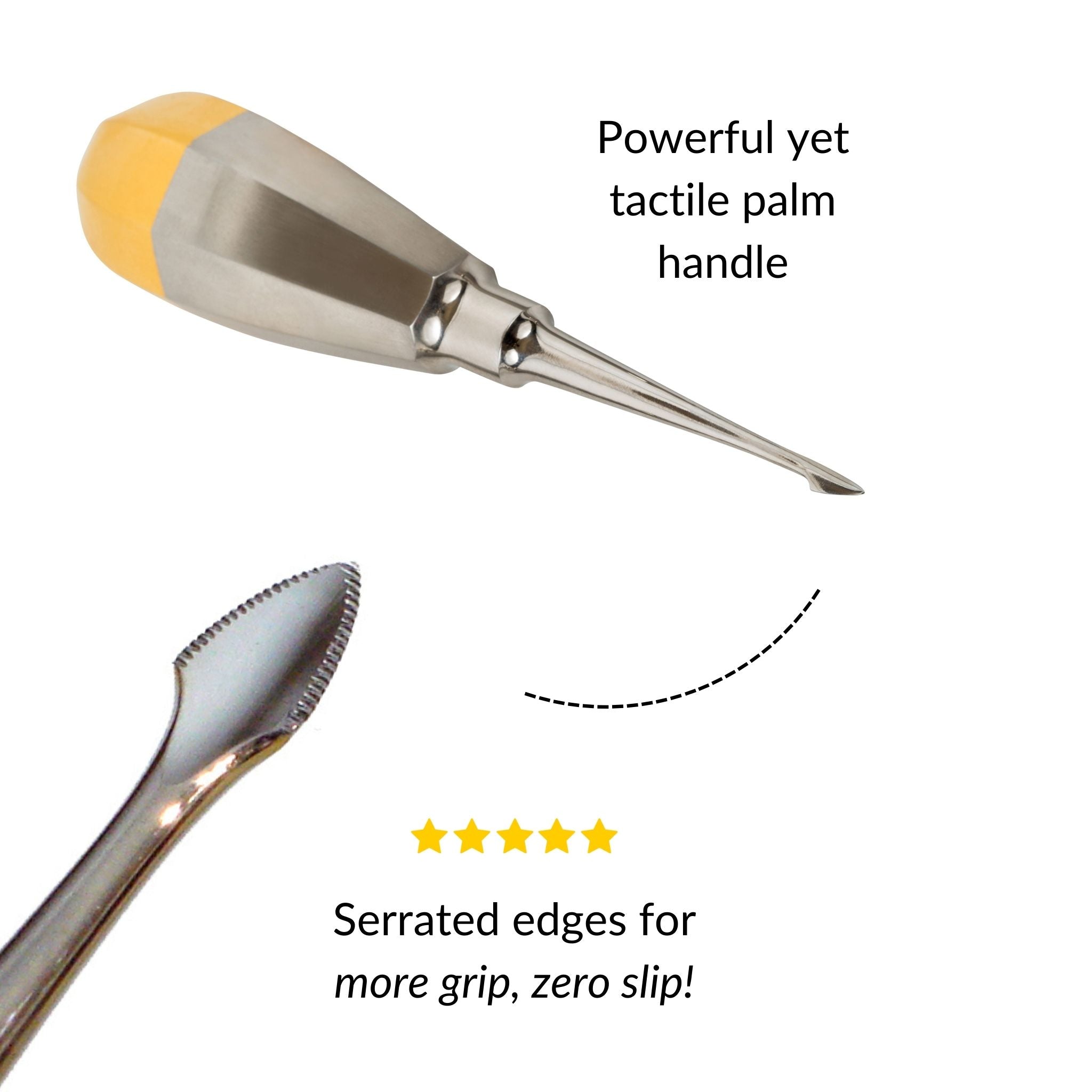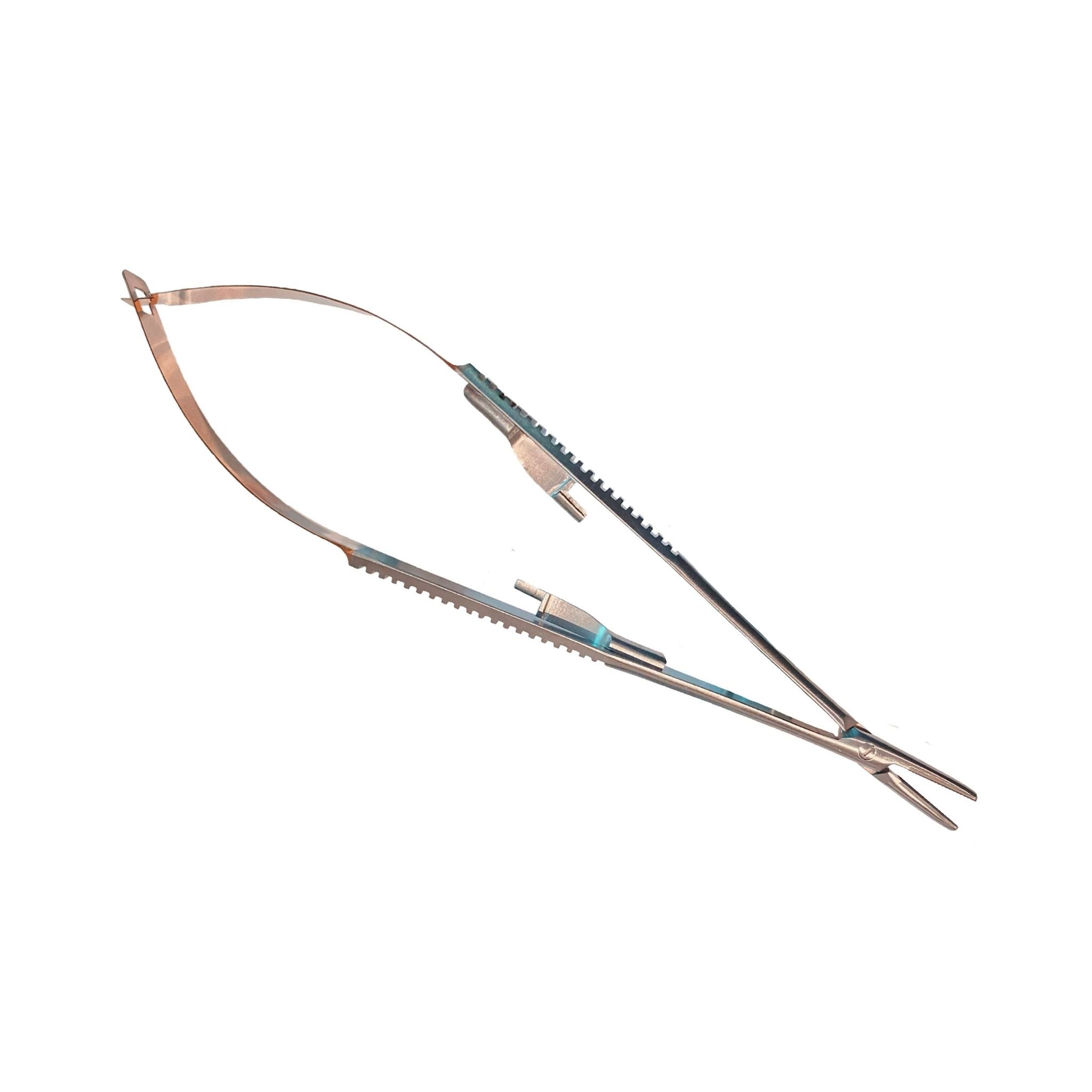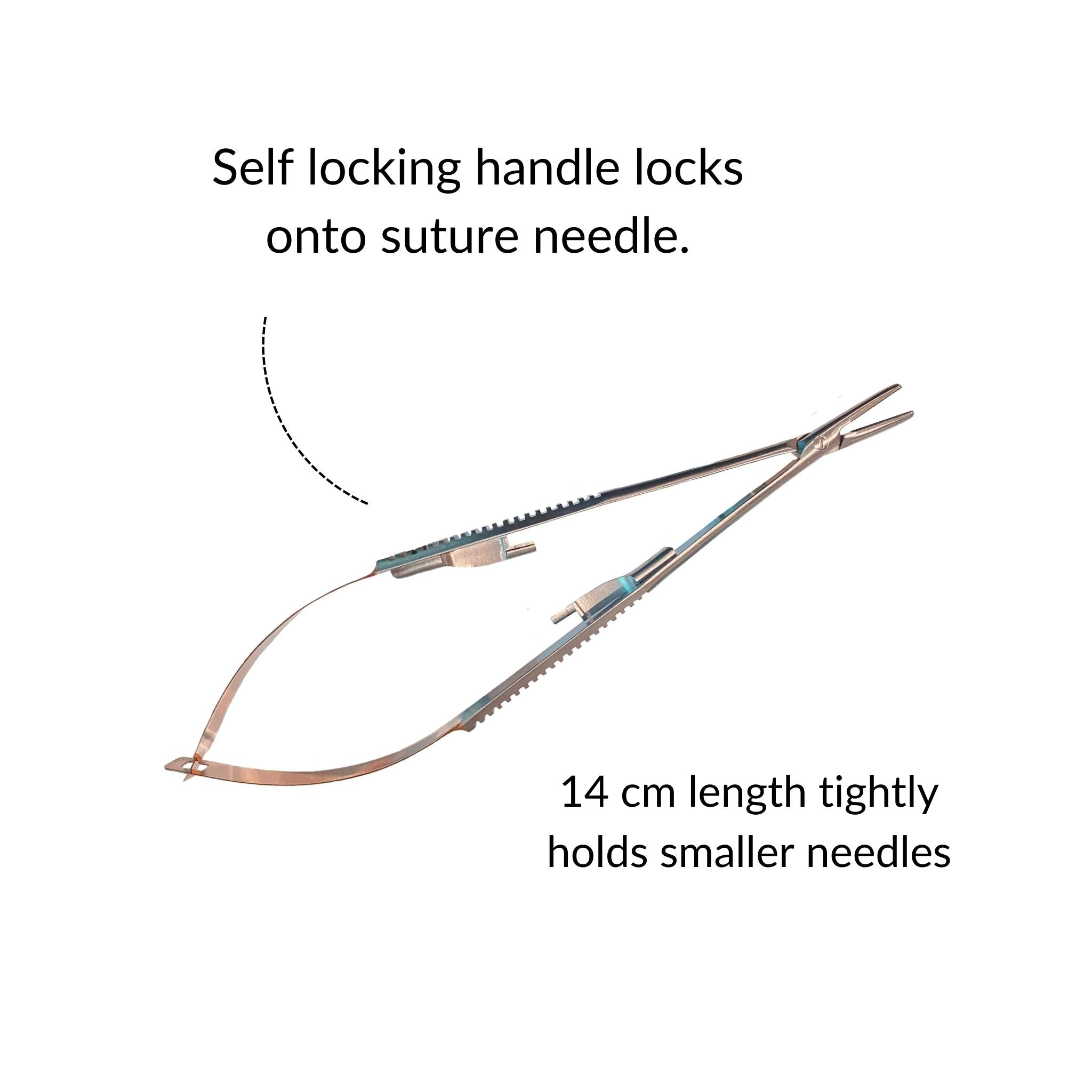Of all the various procedures you perform in your office, which one induces the most stress? Chances are, it’s extractions - most dentists see these on their calendar and feel their stomachs drop, even if just for a second.
If you dread the thought of performing extractions, it’s high time you overhaul your process. We’re going to introduce you to the best dental extraction technique - one that focuses on better patient outcomes and eliminates all the stress and anxiety you feel about these procedures.
The techniques you’ll discover below preserve bone and avoid broken root tips. The best part? Your extractions will be much faster as a result. You just need to add two devices to your arsenal and you’ll be amazed at how much easier extractions can be.
Before we share this new and improved dental tooth extraction technique, let’s talk about the common problems with traditional approaches to extractions.
The Problem With Traditional Dental Extraction Technique
While dental extractions are among the most common procedures you’ll undertake in your office, they’re also some of the most stressful. The traditional techniques employed for this purpose can often lead to complications and suboptimal results for patients.
These issues are primarily attributed to the use of outdated, inexpensive tools that fail to adequately address the complexities of modern dental treatments. There are three primary problems that arise as a result of these lackluster instruments:
Broken Root Tips, Alveolar Bone Damage, and Patient Pain & Anxiety
- Broken Root Tips: One of the most significant issues with traditional dental extraction techniques is the risk of breaking root tips. If one uses a standard elevator for only a few seconds, then quickly transitions to forceps, most likely the socket has not been expanded out enough to allow an unimpeded exit path for the tooth or root. If a root does not have a clear and clean exit path, it will most likely fracture off. This can lead to complications, such as infection, increased post-operative pain, and the need for further surgical intervention to remove the broken fragments.
- Alveolar Bone Damage: Another problem with traditional extraction methods is the potential for alveolar bone damage. The use of forceps can result in excessive pressure on the surrounding bone, leading to fractures and unnecessary loss of bone. This can cause insufficient ridge height, which can complicate implant placement or fixed bridge placement.
- Excessive Force and Patient Anxiety: Traditional dental extraction techniques often require the application of excessive force to remove a tooth. This can cause significant pain and discomfort for the patient, leading to heightened anxiety and an overall negative dental experience. Additionally, the use of excessive force increases the risk of complications, such as soft tissue injuries, nerve damage, or adjacent tooth damage.
While New Inventions Exist, They Are Too Thin & Lack the Power Necessary for Tooth Movement
Over the years, inventions like periotomes, luxators, and proximators have been introduced to the market. Each of these promises to eliminate all of the problems we’ve just described above. But if you’ve used any of these yourself, you know that they fall short of expectations.
This primarily comes down to instrument design. These three instruments have one of two problems:
- They’re too thin and end up breaking off in your patients mouth (a nightmare scenario)
- They aren’t powerful enough to actually get teeth moving, meaning you still need to apply excessive force when you bring your forceps into the equation.
- They take too much time to implement
We wrote about many of these problems in our articles on periotome alternatives and luxator alternatives. While in theory these instruments sound like they should be the magic bullet to simple, stress-free extractions, it doesn’t work that way in practice.
Given the drawbacks associated with traditional dental extraction techniques, it is evident that there is a need for an alternative approach that prioritizes patient comfort and safety while ensuring optimal clinical outcomes. And below, you’ll learn all about one method dentists are using to change the narrative around extractions…
The Best Dental Extraction Technique: Eliminate Trauma & Speed Up Workflow With These Two Devices
Whether you’re just starting your career in dentistry or you’re a seasoned veteran, the mere thought of performing extractions is enough to get your heart racing a bit and make you sweat. But let’s get one thing clear: this isn’t an indication of your skills or abilities. It’s because you’re using outdated, cheap dental tools, as you now know.
The fact of the matter is that traditional dental instruments leave so much to be desired. And for too long dentists have just put up with what the industry gives them. Thankfully, it doesn’t have to be this way anymore.
Our founder, Dr. David Fyffe, took it upon himself to transform the industry for the better after 40 years of experiencing many of the same challenges you face every day. Here at ArtCraft Dental, you’ll gain access to innovative instruments that are designed with a couple of goals in mind:
- Less stress for you with an optimally designed instrument
- Less pain/discomfort for your patients as these instruments minimize trauma
- Better ROI as these high-quality instruments are built to last and sold with direct-to-dentist pricing
There’s a reason thousands of dental professionals have already overhauled their instruments and upgraded dental tools at ArtCraft Dental - and you should do the same! Here’s what dentists like you had to say after experiencing this new and improved technique firsthand:
“I have had a chance to use your Xpanders for about a month, and I have found them to be a remarkable aid in extracting teeth. I have practiced dentistry for over 40 years with my practice limited to the placement of implants by referral. The ability to predictably remove teeth (fractured, root canal treated, ankylosed etc.) and still allow for the immediate placement of an implant is a real plus to me and my patients.” - Nicole, DDS
“These instruments just make my extractions faster and more predictable” - Dr. Carrie S.
“I am confident that all dentists who do extractions will find the Xpander a valuable addition to their practices. Doctors who place implants into extraction sites will immediately see how much of the socket is preserved while the tooth is easily extracted to make immediate implant placement likely in all areas of the mouth.” - Dr. Craig Cooper
Now that you’re convinced of just how powerful this dental tooth extraction technique is, how can you incorporate it into your practice? Below, we’re going to introduce the two tools you’ll need to perform the best dental extraction technique and eliminate trauma while speeding up workflow…
What You’ll Need: Xpanders™ L-Vators™ & TraXion™ Forceps
This dental tooth extraction technique is powered by three of our most innovative instruments: the Xpanders™, L-Vators™ & TraXion™ Forceps. Each plays a critical role in making your approach to extractions quicker, less stressful, and more comfortable for the patient.
Our dentist elevator tool is the most atraumatic instrument devised to date. Xpanders™ are your saving grace for extractions. Because as any experienced dental professional will tell you, the key to quick and painless extractions is movement and elevation. This masterfully-crafted instrument accomplished both of these things.
You only need a small amount of penetration into the PDL space for maximum lateral tooth movement. By using these prior to your forceps, the likelihood of broken root tips is all but eliminated.
And in terms of actually extracting the tooth, our extraction forceps dental tool is unlike any you’ve used before. How? It all comes down to the beak design. Traditional forceps are dull, slippery, and feature overly curved beaks, making it difficult to grip the tooth properly and leading to issues with slippage.
But, because our universally designed forceps feature a unique serrated beak design that isn’t overly curved, the risk of slipping is slow. You’ll be able to grip onto teeth with complete confidence. And because most of the hard work is already done by Xpanders™, the tooth will pop free with ease.
We’ll break down how these instruments work together as your dynamic duo for the best dental extraction technique below…
How to Use Devices Together for Quick, Atraumatic Extractions
The double-pronged, diamond grip action of our elevator instrument allows for a stable two-point contact between the crest of bone and the neck of the tooth. With just a simple twist, you can lock one point of the tool onto the bone while the other point pushes the tooth laterally. This creates bucco-lingual socket expansion - that movement and elevation we mentioned earlier.
For best results, engage the sulcus and PDL at any of the 4 corners of the tooth. While keeping the instrument tip upright at a 30-degree angle with the long axis of the tooth, push and twist repeatedly until bucco-lingual movement is achieved.
During this process, avoid bending the instrument backward like a shovel. It’s also worth noting that you won’t want to approach the tooth from a direct sideways 90-degree angle like you would using a straight, conventional elevator. These angles/motions will bend the tips and degrade the tool itself.
If you’re struggling, you can alternate between mesio-distal movement with our powerful lindo-levin style elevator and bucco-lingual movement with Xpanders™. Alternating, using each instrument for 30 seconds or less, gives superior results.
From here, it’s as simple as locking onto the tooth to be extracted with your forceps and pulling it free - no excessive tugging necessary. And you’ll love how preserved the ridge is, all while preventing bone or root tip breakage! It’s really that easy - so why not try this new and improved dental tooth extraction technique yourself?
Wrapping Up Our Guide on a New & Improved Dental Tooth Extraction Technique
There you have it - the best dental extraction technique for a quick, painless tooth removal. There’s no question the best dental elevator instruments and the best dental extraction forceps play a profound role in this process. You can find both of them right here at ArtCraft Dental. And you don’t have to take our word for it, either - the reviews from dental professionals across the world are in!
If you find yourself avoiding or dreading extractions, it’s likely because your instruments are limiting you from your full potential. You deserve the best dental instruments that serve as an extension of your skillset - not hold you back!
And in our catalog, that’s exactly what you’ll find. All of this is backed by a 60-day money-back guarantee, and you’ll love our direct-to-dentist pricing that helps you get the highest ROI possible. Plus, we have other tools to optimize the rest of your procedures - from dental crown removal to temporary crown removal, dental composite restoration technique, and everything in between.
So, explore our catalog and arm yourself with tools that elevate your abilities - like our temporary crown remover, crown remover dental, dental composite instrument, dental needle holders, and more - all of which you’ll find in our collection of premium dental supplies.
The days of feeling anxiety about pulling teeth are over. Now that you know the best dental extraction technique for quicker procedures with better patient outcomes, it’s time to grab your supplies and get to work!



